"Glimpses of gold" revive ancient costumes
The exhibition “Glimpses of Gold” in Hanoi introduces 10 splendid Nguyen Dynasty royal costumes that have been meticulously restored, bringing Vietnamese traditional costumes closer to young people. This is an activity within the project to restore and honor traditional costumes organized by the Great Vietnam group, a group of young people who research, practice and provide solutions for Vietnamese traditional costumes.
Mr. Vu Duc, founder of the Great Vietnam group, said: “In the exhibition, all 10 costumes are reproduced according to the original costumes of the past. The most special thing about these costumes is not the embroidery or sewing of the costumes but the stamping of the costumes, recreating the exact stamping of the five-panel ao dai and other types of robes. Besides, there is the story of the patterns. Because, in the costumes of the past, especially of the last dynasties of Vietnam such as the Le-Nguyen dynasty, the patterns always affirm the identity, culture, aesthetics, and fine arts of the Vietnamese people.”
To create “Tháp gió vàng son”, Great Vietnam had to spend three years researching, exploring and restoring these costumes. From photos, museums or international auctions, these costumes were restored. For the first time, 10 costumes are classified according to events as well as different positions in the Nguyen Dynasty royal court such as five-panel ao dai; turban; king and mandarin hats; royal robes... The exhibition “Tháp gió vàng son” lasts until May 31, 2025 at San Café (Nguyen Xien, Ha Dinh New Urban Area, Hanoi).
In recent years, a series of projects on traditional costumes have been carried out by young people from: Y Van Hien, Nam Tuyen, Hoa Van Dai, Hoa Nien - Beautiful Years, Great Vietnam... Most of the designers, artisans, and researchers are young. In particular, with the support and advice of experienced and reputable historians and researchers, along with enthusiasm, passion, and a daring personality, young people have quickly created new life for costumes that seem old.
Designer Nguyen Duc Loc confided: “Traditional costumes are not something outdated or old-fashioned, but in fact, very beautiful and luxurious. The quintessence of an entire nation is conveyed delicately, tactfully and harmoniously in each pattern and flap of the dress. That beauty has not been outdated or overshadowed by modern needs until today, so designers are determined to bring traditional costumes back to life. The trend of returning to traditional costumes is inevitable. Because when the world becomes flatter, the integration process becomes stronger, it is also the time when people seek the “cultural identity” and history of their nation to affirm their own identity, to position themselves among countless cultures.”
Going against the flow of history, preserving the quintessence of Vietnam
Dong Cuu Craft Village (Dung Tien Commune, Thuong Tin District, Hanoi) - a village located on the right bank of the Nhue River has a long tradition of hand embroidery, specializing in creating royal costumes. One of the typical individuals who has successfully restored and revived traditional royal costumes is artisan Vu Van Gioi. Mr. Gioi is a descendant of a family with 6 generations of embroidery, and he himself has spent nearly 30 years researching and restoring ancient royal costumes.
Up to now, artisan Vu Van Gioi has made dozens of costumes, from costumes for kings to queens, princes, princesses... Each royal costume is a unique work of art, and the production cost is also up to hundreds of millions, even billions of VND/set. His royal costumes have been exhibited at the Hue Festival; exhibited at the Museum of History, Hanoi Museum of Ethnology, the Old Quarter Cultural Exchange Center...
When talking about the artisans who “revive” royal costumes, it would be a mistake not to mention artisan Trinh Bach. Artisan Trinh Bach is also the one who brought artisan Vu Van Gioi the opportunity to restore these costumes. In 2005, the Hue Monuments Conservation Center brought 8 sets of royal costumes restored by artisan Trinh Bach to an exhibition in Japan.
To obtain the above-mentioned royal costumes, artisan Trinh Bach took the trouble to meet members of the Nguyen Dynasty royal family living abroad, such as the descendants of Gia Hung Vuong (son of King Thieu Tri), the 80-year-old granddaughter of Princess My Luong (son of King Duc Duc, sister of King Thanh Thai), to hear them talk about the customs and dress codes in the palace and to see the Nguyen Dynasty royal family's clothes.
In addition to studying many ancient and modern books on royal dress, he also visited the Vietnam History Museum in Ho Chi Minh City and the Hue Royal Fine Arts Museum to survey the costumes of the Nguyen Dynasty royal family. Artist Trinh Bach also visited many famous museums in the world from China, the US, Korea, and Japan to compare the costumes of the Nguyen Dynasty kings and foreign kings. And he discovered that the Vietnamese royal court costumes had many delicate details that were more difficult to weave and embroider.
From those documents, combined with the results of research on royal costumes, he systematically synthesized the institutions regulating dress during the Nguyen Dynasty and part of the Le Dynasty and then began to find craftsmen to "revive" royal costumes. Artisan Trinh Bach "revived" elaborate costumes of kings and lords such as: Emperor's spring-summer dragon robe, Queen's autumn-winter phoenix robe, Noble Consort's spring-summer silk double-breasted ...
According to artisans and young people who continue their passion for preserving heritage, when restoring royal costumes, the most important thing is to be serious, careful, persistent, passionate, and knowledgeable about history and culture because that is contributing to preserving national cultural heritage.
Source: https://baophapluat.vn/tim-ve-can-cuoc-van-hoa-viet-qua-co-phuc-cung-dinh-post549912.html


![[Photo] 12th grade students say goodbye at the closing ceremony, preparing to embark on a new journey](https://vphoto.vietnam.vn/thumb/1200x675/vietnam/resource/IMAGE/2025/5/28/42ac3d300d214e7b8db4a03feeed3f6a)

![[Photo] Prime Minister Pham Minh Chinh receives a bipartisan delegation of US House of Representatives](https://vphoto.vietnam.vn/thumb/1200x675/vietnam/resource/IMAGE/2025/5/28/468e61546b664d3f98dc75f6a3c2c880)

![[Photo] Vietnamese and Hungarian leaders attend the opening of the exhibition by photographer Bozoky Dezso](https://vphoto.vietnam.vn/thumb/1200x675/vietnam/resource/IMAGE/2025/5/28/b478be84f13042aebc74e077c4756e4b)
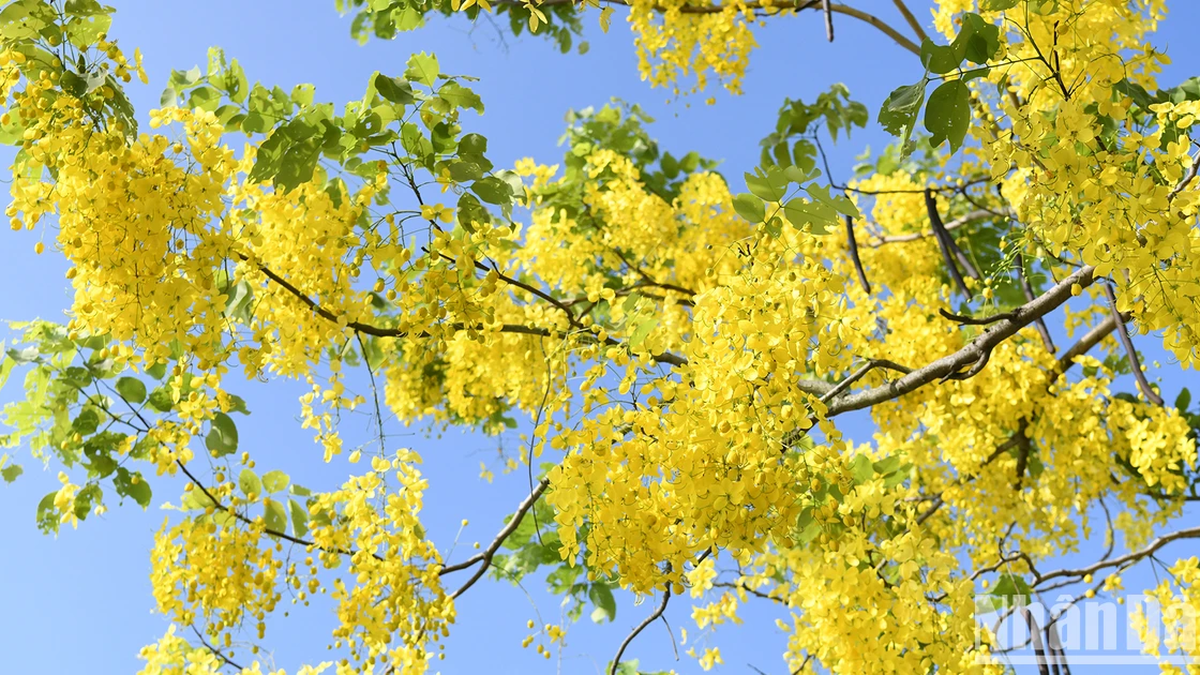
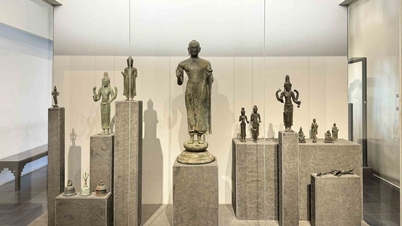


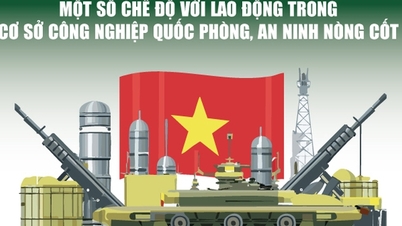

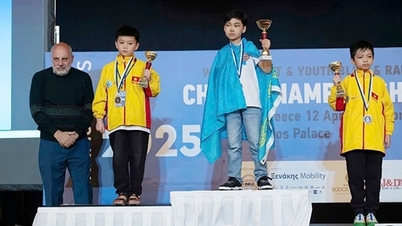

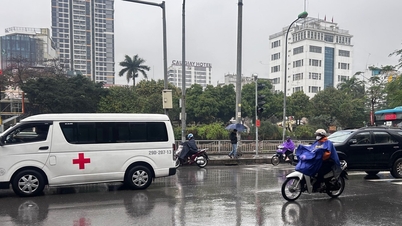
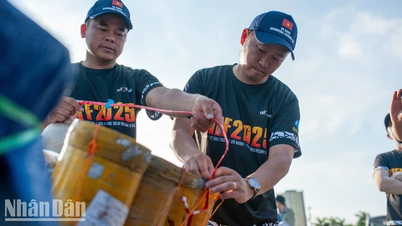






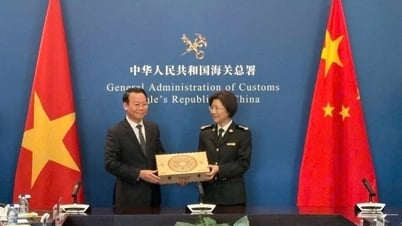
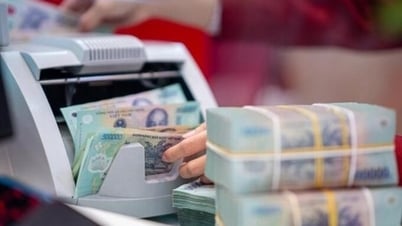


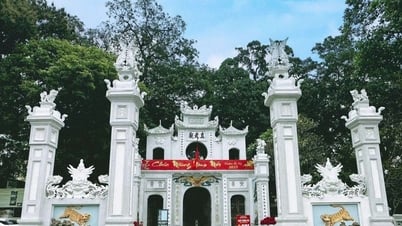






















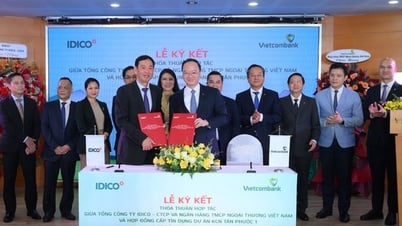







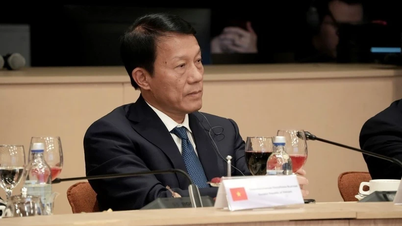

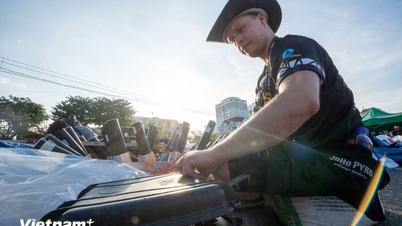




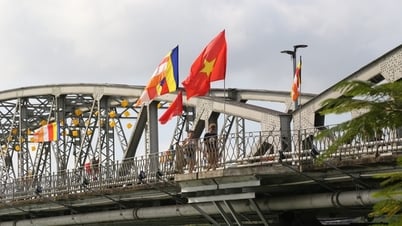

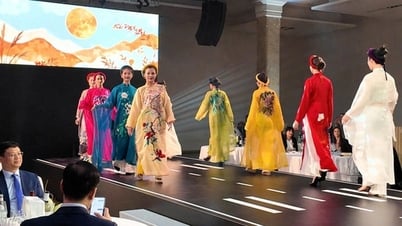

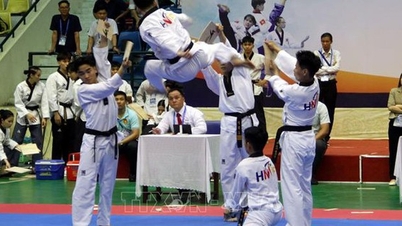
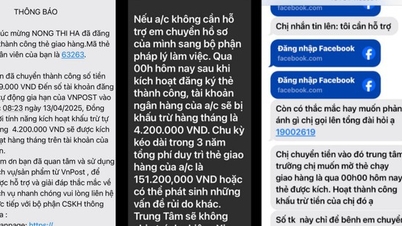

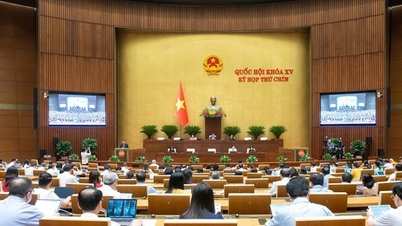
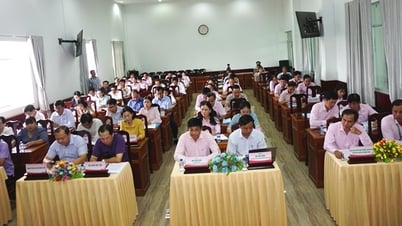






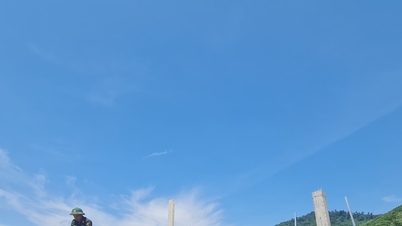

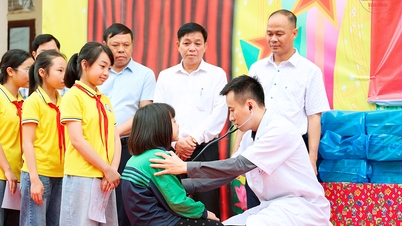






Comment (0)